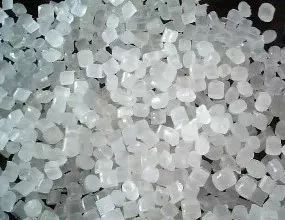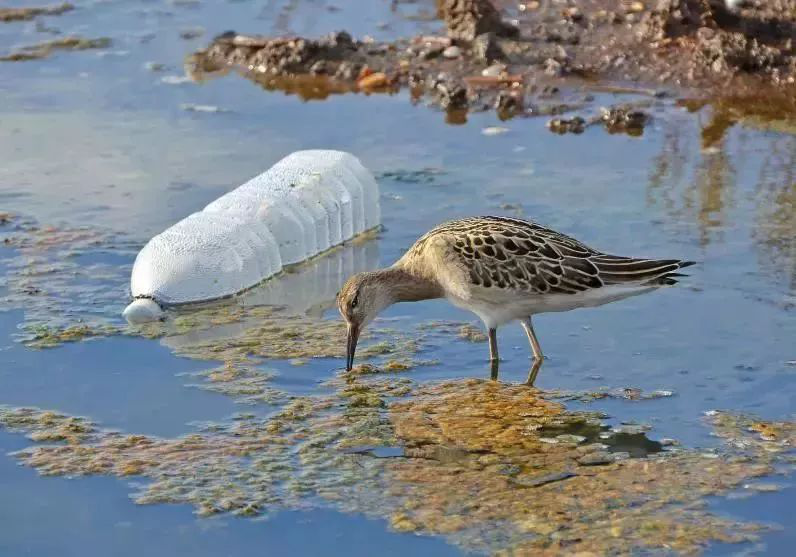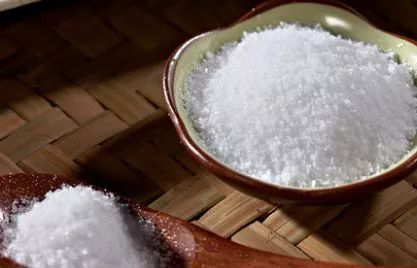

More than nine different types of microplastics have been found in humans for the first time, the New York Times reported, according to a new study presented at the October 22 Symposium of the European Union Gastroenterology Week in Vienna.
Research confirms for the first time that micro plastics enter human body.
The study was carried out jointly by scientists from Vienna Medical University and the Austrian Environment Agency. They also collaborated with a team of eight participants from Finland, Italy, Japan, Poland, the Netherlands, the United Kingdom, Russia and Austria. The volunteers, aged 33 to 65, underwent a week of dietary control and eventually provided stool samples for the study.
"Plastics are ubiquitous in everyday life and humans are exposed to them in too many ways, but I personally didn't think that every sample could detect micro-plastics." "The results were shocking," said Philipp Schwabl, a gastroenterologist at the Vienna Medical University and the lead author of the study.

It is reported that six of them ate sea fish during this period, no one is a vegetarian, but all of them are eating plastic-wrapped food, drinking plastic bottles of drinks.
Researchers collected the feces of volunteers and found that plastic particles were detected in all samples, up to nine different types.
According to the study, Schwable estimates that 50% of the world's population has microplastics in it, but this needs to be confirmed by a larger sample study.

Plastic pollution everywhere, according to the US Newsweek.
Super 90% salt
Contaminated by micro plastics
Asian brands have higher content of micro plastics.
Salt is an indispensable condiment in our daily life. A few years ago, researchers found tiny plastics in sea salt.

Now, a new study finds that more than 90% of salt brands sold worldwide are contaminated by plastics, with sea salt having the highest levels of plastics. Moreover, even the rock salt brand analyzed in the study is also found to be contaminated by micro plastics.
The findings are published in the journal Environmental Science and technology. Researchers collected 39 brands of salt from 21 countries in Asia, Africa, South America, North America and Europe, only three of which contained no microplastic particles. They are from Taiwan, China (refined sea salt), China (refined rock salt) and France (non-refined sea salt produced by solar evaporation). The highest number of micro plastics has been found in the salt sold in Indonesia.
Research shows that on average, every adult can eat 2000 micro plastic particles every year for eating salt.

Network mapping, text and text independent
The discovery highlights the prevalence of plastic pollution, which affects salt from the oceans, lakes and rocks.
Micro plastic enters the body.
What harm is there?
The harm of micro plastics to human body is not yet clear.
In the ocean, tiny plastic is found in up to 114 species of aquatic organisms. Microplastics can enter animal blood, lymphatic system, even liver, causing intestinal and even reproductive damage.

Ocean pollution by plastics
But whether micro-plastics pose a health threat to humans is still unclear.
Researchers have pointed out that microplastics in the gut may affect the immune response of the digestive system or help the spread of toxic chemicals and pathogens. However, given the small sample size of this study, it is difficult to make too many conclusions.
However, it has been reported that when the microplastic is further decomposed into smaller particles, it is likely to be absorbed by the human circulatory system and then enter the human body. In addition, these plastics may have some chemicals in the manufacturing process. "When the concentration is sufficient, these chemicals can damage or even kill cells. Cells may be successfully replaced or not, and proteins and DNA may be harmed," said Frank Kerry, a professor at King's College London.
Mussels became the hardest hit area of micro-plastics
Where does the microplastic in the human body come from?
“The vast majority of experimental participants drink bottled water, and fish and seafood are more common,” says Schwarb. “It is very likely that food is contaminated with micro-plastics at all steps of processing and packaging.”
Whether it is eating food that has already been contaminated, or unconsciously eating tiny plastics on food packaging, it can cause micro-plastic contamination in the human body.

Researchers found up to 150 microplastics per liter in German beer, 400 per kilogram in honey and 13,000 in soft tissue per kilogram in cultured mussels in Canada.
A study has predicted that people who regularly eat shellfish can eat 11 thousand pieces of plastic every year.

In June, a British study showed that all the mussels sold on the British market were found to have tiny plastic particles. On average, there are 70 micro plastic particles per 100 grams of mussels. Moreover, the micro plastic content of wild mussel is usually more than that of cultured mussels.
"If human beings do not change the status quo, the level of plastic pollution will further deteriorate." He emphasized that human beings need to reduce the use of plastic products and improve recycling.
Actually, we are all manufacturers of marine plastic wastes.
For example, the plastic bags and disposable plastic bottles we use may be the source of marine micro-plastics. The micro-plastics in salt may be a plastic bag that you accidentally discarded and crawled onto your dining table, invisible, intangible, and self-sustaining after it was "crushed to pieces".
Don't let "die" die.
Become our destiny!